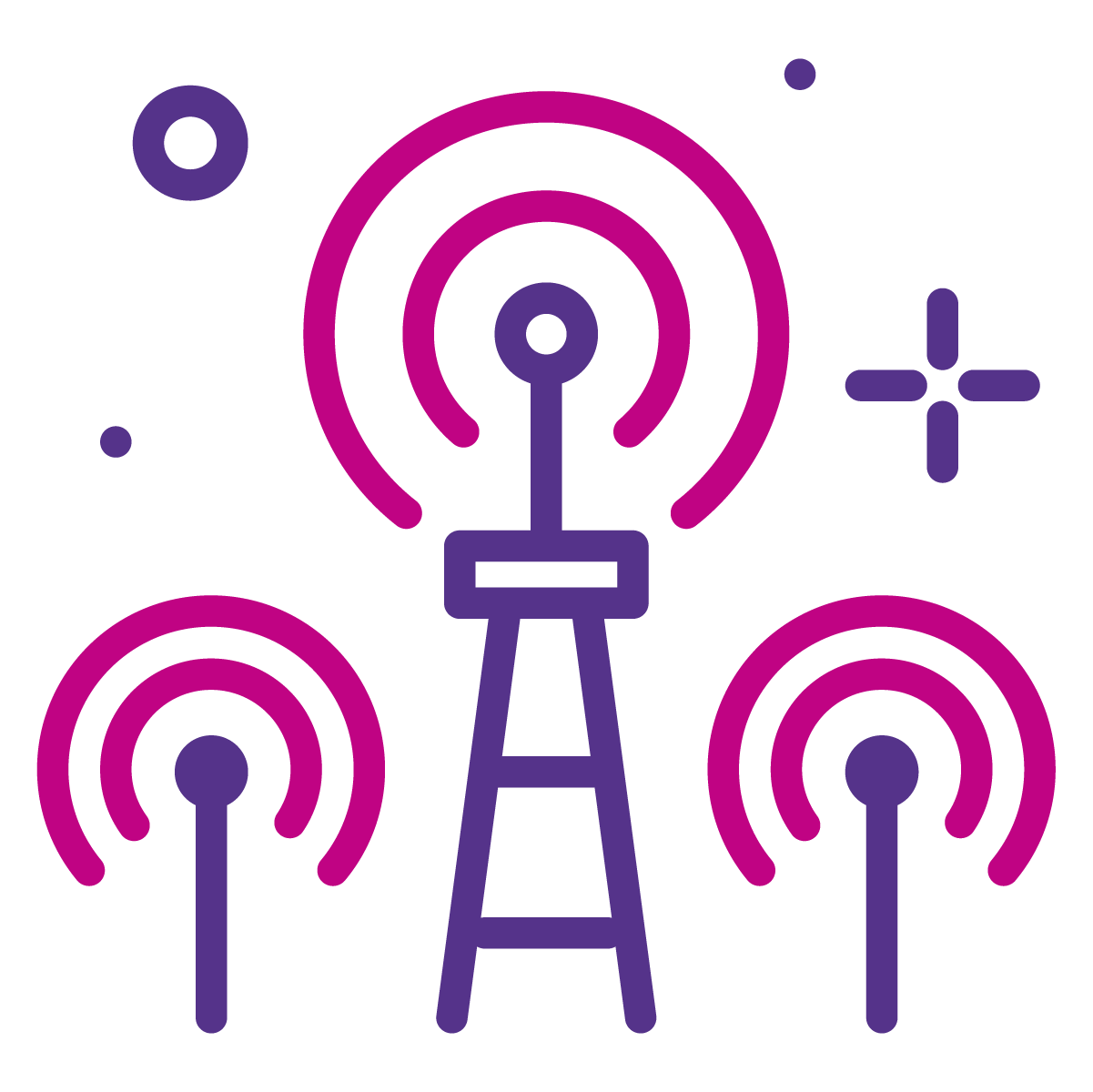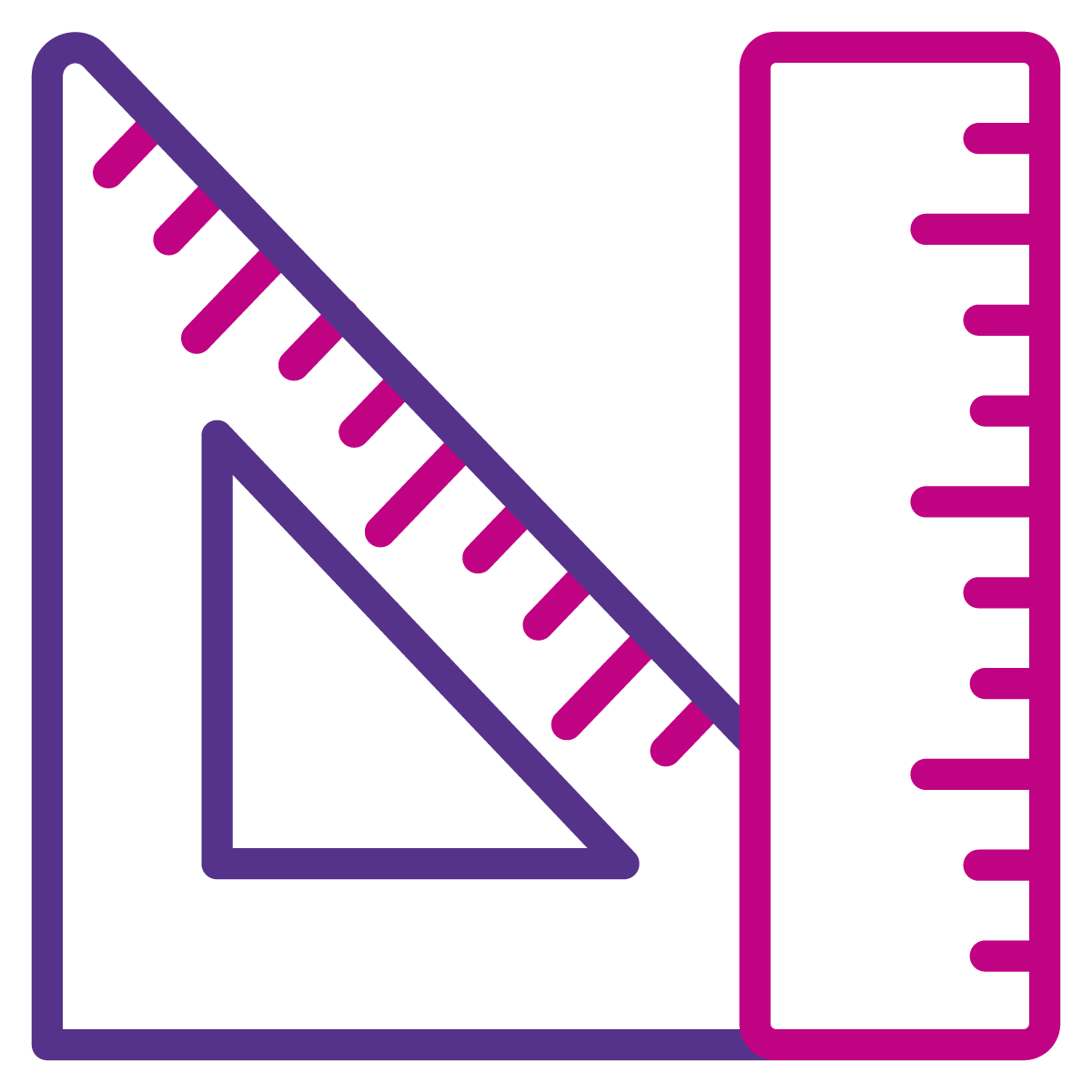How to Build a Buyer-Intent Driven Demand Engine
Estimated reading time: 4 minutes
B2B sales leaders are under pressure like never before. Buyers are harder to reach, cycles are longer, and competition is louder. Yet, behind the noise lies an opportunity: building a buyer-intent driven demand engine that focuses on timing, precision, and relevance.
These digital breadcrumbs – from website visits and webinar registrations to third-party research activity – form the foundation of a new type of demand model: the buyer-intent driven demand engine.
Unlike traditional demand generation strategies that rely on volume, a buyer-intent driven demand engine is about timing, precision, and relevance. At durhamlane, we’ve seen how this approach transforms pipelines: shorter cycles, higher win rates, and sales teams focusing on the right accounts at the right time.
Here’s how to build one.
In the past, demand generation was a numbers game. More leads. More calls. More noise. But today’s buyers don’t play by those rules. In fact, decision-makers are often 70% through their research before they ever speak to a salesperson.
That’s why a buyer-intent driven demand engine doesn’t aim to generate more leads. Instead, it focuses on surfacing the right opportunities – prospects showing signals of readiness.
This shift is particularly powerful for SDRs, who often waste hours chasing accounts that never convert. Our blog on improving win rates through qualified opportunities shows exactly how better targeting improves close rates.
A demand engine can only be as strong as the data that fuels it. Buyer intent signals come from three main sources:
- First-party data: visits to your site, content downloads, webinar registrations
- Third-party data: platforms like Bombora, G2, or LinkedIn activity
- Engagement data: SDR conversations, email responses, social interactions
The key is to layer these signals together. A single website visit means little. But a prospect who reads a case study, attends a webinar, and engages with an SDR’s LinkedIn message? That’s intent worth pursuing.
This is where many organisations fall short. Marketing may spot the signals, but sales misses the window to act. Or sales ignores the signals altogether.
A buyer-intent driven demand engine only works when both sides of the funnel are clear on:
- What intent looks like (specific behaviours, thresholds, triggers)
- When SDRs or AEs should step in
- How results are measured (pipeline created, not clicks generated)
It’s not about two departments operating separately – it’s about one joined-up revenue function.
Intent data is wasted if your SDRs can’t use it effectively. A modern SDR isn’t there to hammer the phones blindly – they’re there to connect with relevance.
That means giving them:
- Context – why this account, why now
- Content – case studies, whitepapers, webinars tied to buyer interest
- Confidence – training to personalise outreach around intent
When SDRs work from real signals, conversations start warmer and progress faster. We explored this evolution in cold calling in the age of AI, showing how technology-driven insights actually make sales conversations more human.
Theory only works if it can be scaled. To operationalise a buyer-intent driven demand engine, intent data must be part of everyday sales workflows:
- Feeding intent data into your CRM (HubSpot, Salesforce)
- Automating SDR alerts when accounts spike in activity
- Standardising playbooks for responding to specific signals
The goal is consistency: making intent-based outreach the standard, not the exceptie human.
A buyer-intent driven demand engine should never be judged by vanity metrics like dials made or emails sent. The real success measures are:
- Conversion rates – MQL to SQL, SQL to opportunity
- Pipeline influence – value of opportunities sourced from intent data
- Win rates – showing that quality truly trumps quantity
This shift from activity-based reporting to outcome-based growth is what separates leaders from laggards.
As your buyer-intent driven demand engine matures, growth isn’t just about buying more data – it’s about learning what really works.
Which signals are most predictive? Which outreach strategies convert best? Which SDRs excel when working from intent? The answers to these questions shape how you scale with precision.
We covered this in scaling SDR teams without losing quality, where Mark Niemiec shared that scaling only creates value when every new SDR performs at the same quality as your best.
Final thoughts…
A buyer-intent driven demand engine doesn’t just create leads – it creates momentum.
By building your strategy around real intent signals, empowering SDRs, and embedding intent into daily workflows, sales leaders can create demand engines that fuel predictable, scalable growth.
At durhamlane, this is how we help clients every day: turning intent into pipeline, and pipeline into revenue.
If you’re ready to explore what this could look like for your organisation, let’s talk.

